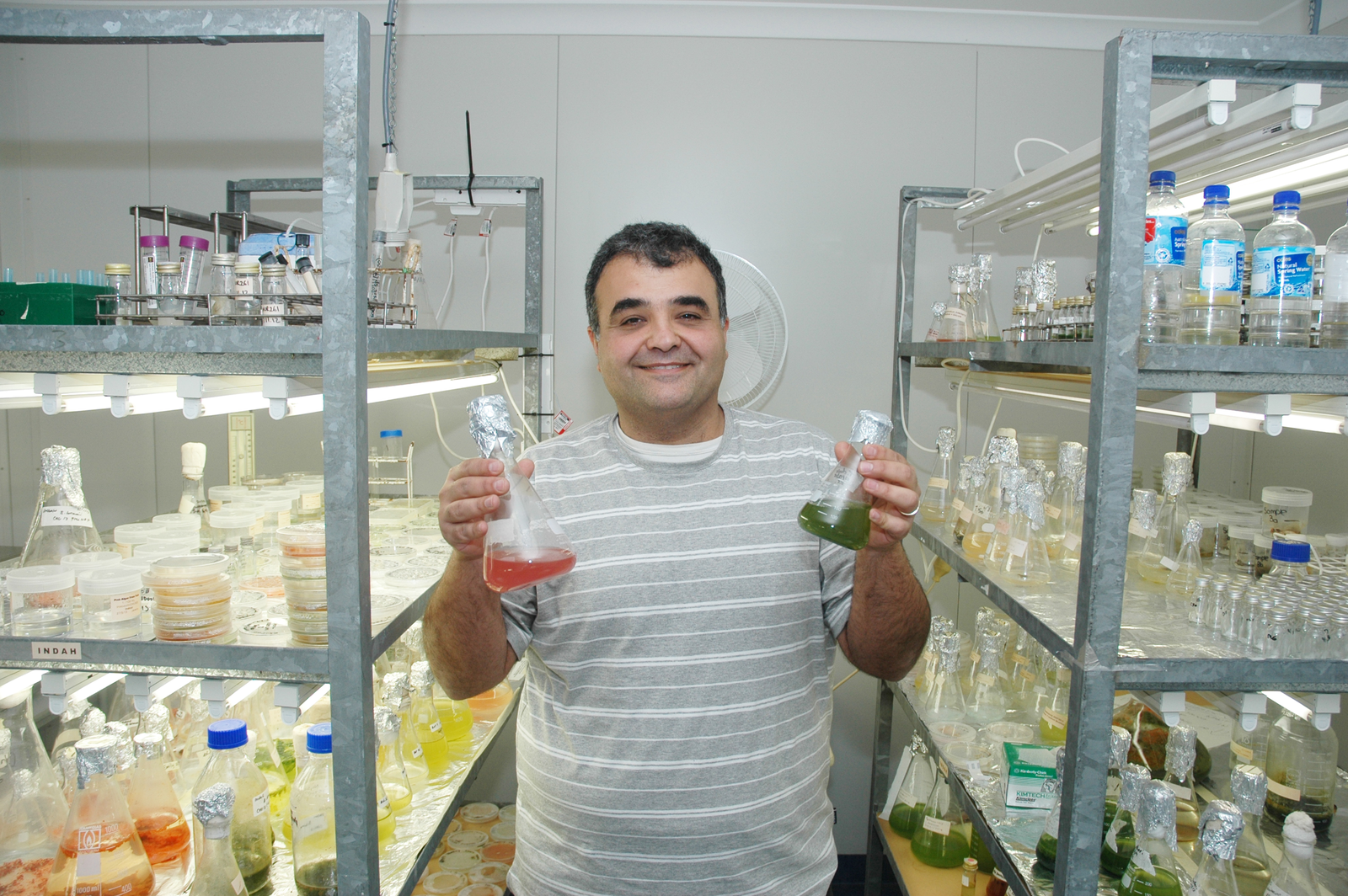Could pig waste provide more for farms using algae?

Microalgae can remove ammonia, other nutrients and potentially reduce the pathogen load. Murdoch University researchers are investigating whether the effluent from piggeries can be effectively treated with micro and macroalgae so that species of the organism can safely be fed back to pigs.
The Cooperative Research Centre for High Integrity Australian Pork (Pork CRC) has invested AUD$300,000 with the Algae Research and Development Centre at Murdoch University to investigate the proposals, which would cut costs, recover energy from waste and reduce the potential for groundwater contamination at piggeries. So far Centre Director, Dr Navid Moheimani and his team from the School of Veterinary and Life Sciences have discovered three different types of microalgae that can grow on untreated piggery anaerobic digestate effluent, which typically contains extremely high levels of ammonium.
Recycling treated waste water
Anaerobic digestion in lagoons or ponds on farms is currently the most common method used to process piggery waste. The discovery is a world first and offers a potentially cost effective means of remediating piggery effluent. They have found that microalgae removes ammonia, other nutrients and potentially reduce the pathogen load in the effluent, meaning that the treated waste water can be reused.
The algal biomass produced is potentially a protein rich food source for pigs and other animals, although Dr Moheimani said extensive testing would be required. “We have high hopes that this method of treating effluent will ensure the algal biomass produced can be fed back to the pigs which will make Australian piggeries much less wasteful and more cost competitive, of course if this works for pigs, it could also work for different livestock” he says.
The researchers are looking at methods to optimise the growth of the microalgae on the effluent and are bioprospecting for suitable species of macroalgae to grow on piggery effluent. The anaerobic digestion process currently used in piggeries produces a low quality fertiliser. A byproduct of this process is the creation of biogas. This is often used to generate electricity on farms. If they find the micro and macroalgae grown on effluent is unfit for consumption by pigs, Dr Moheimani said his team will investigate how algae can help to maximise biogas production from piggery effluent.
Joint effort in this algae project
This is a multidisciplinary project involving experts with different backgrounds. Dr Moheimani is the project principal investigator while his University colleagues Professor John Pluske, Emeritus Professor Michael Borowitzka and Dr John Huisman are contributing their expertise in nutrient studies, algal cultivation and economics and macroalgal bioprospecting respectively.
Dr Sasha Jenkins from the University of Western Australia, is helping to investigate the anaerobic digestion process while Jeremy Ayre is conducting his PhD mainly on microalgae cultivation aspects of the project. Ayre is in his first year of study and his scholarship is co-funded by the Pork CRC and Murdoch University.
The project is also supported by the Department of Agriculture and Food Western Australia and the University of Melbourne (Dr Peter Cakebread).











